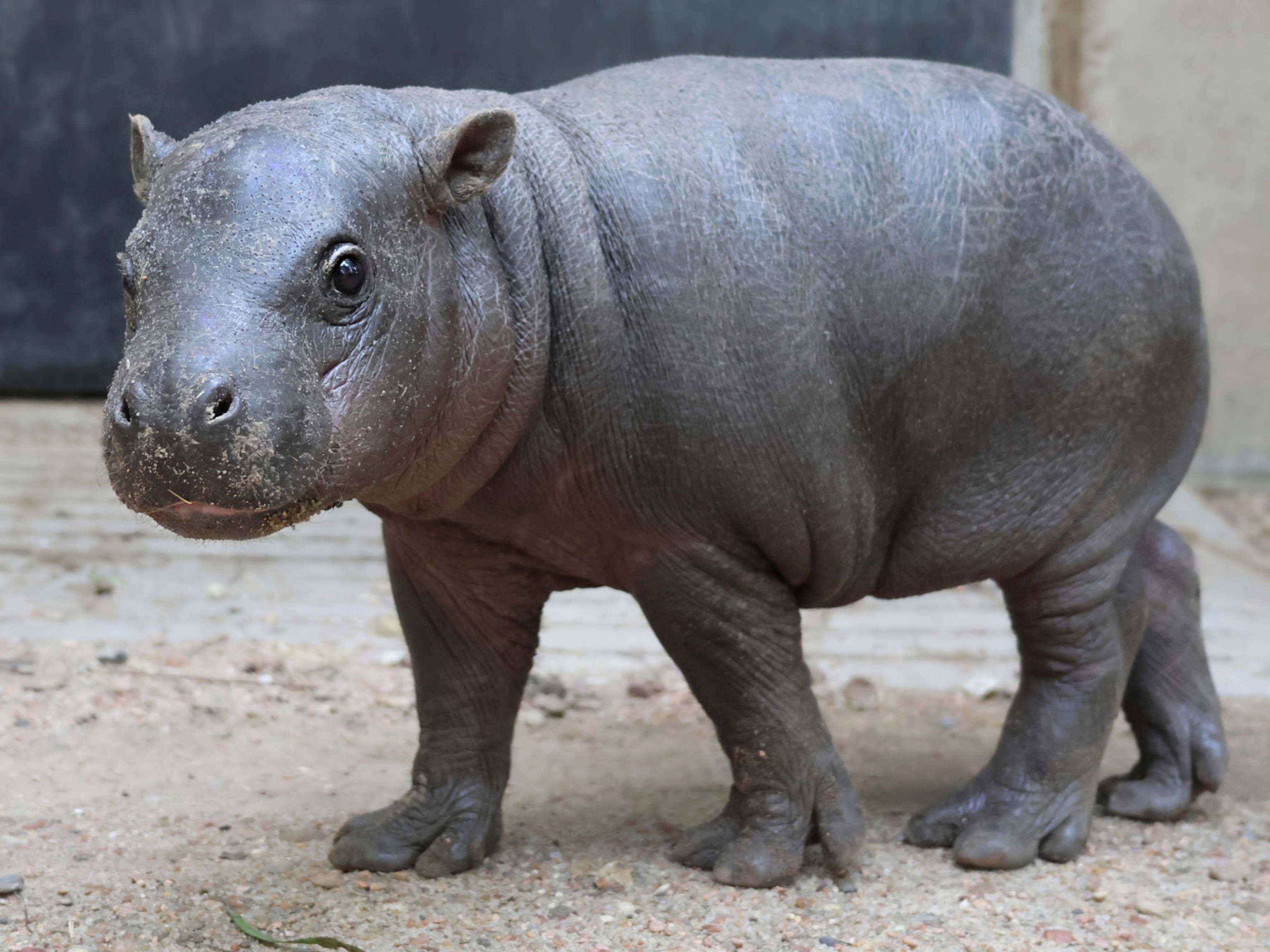Zoo Poo and Glitter Reveal Animal Health Secrets
With some rubber gloves and test tubes, scientists can learn a lot about hormone levels and the well-being of animals.
Something smells rotten at the Saint Louis Zoo.
Each day, scientists at the zoo’s Endocrinology Lab test animal poop samples from around the country to determine hormone levels. About 6,000 samples come through the lab each year, with 2,000 to 3,000 from universities, zoos, and conservation labs outside the Saint Louis Zoo.
The lab has ran tests on animals from all walks of life, says endocrinologist Corinne Kozlowski. Some of the more popular poops come from giraffes, zebras, lions, and tigers, but the lab has also run tests on animals like wombats, tree kangaroos, and pygmy hippos.
“We get lots of different things in here,” Kozlowski says. “If there’s an animal at a zoo, we’ve probably ran some samples for it. At this point, not any of them are weirder than the others.”
Kozlowski says the variety of animal samples can sometimes be a challenge. Each year, the lab’s researchers deal with 50 to 60 different fecal samples, and their database has about 75 total species in it. For species not already included in the stool system, the scientists do extra research for animals they haven’t tested before.
The zoo’s researchers are checking hormone levels in these samples, monitoring sex steroids like estrogen and testosterone. Kozlowski says the test can help determine if a female is pregnant or having healthy reproductive cycles, or if a male has hit puberty. Hormone levels can also give signs as to how well an animal is adjusting to its environment.
Researchers test feces, rather than substances like saliva, blood, and hair, because collecting it is relatively nonintrusive, Susan Gallagher, the zoo’s director of public relations, writes in an email. Poop scooping doesn’t require an animal to go through any invasive procedures that might require anesthesia. It’s as simple as feeding and letting nature run its course.
At the Saint Louis Zoo, animal care staffers collect samples while cleaning a habitat before the animal reenters it. If they’re not gathering dung to look into hormone levels, Gallagher adds, they’re collecting data for research projects. The zoo recently ran tests for a study on social behavior in Grevy’s zebras and Somali wild asses using fecal samples.
After the staffers collect the samples, they bring them to the lab and store them in a freezer until they’re needed.
“Frozen samples don’t smell nearly as bad as warm samples,” Kozlowski says.
When the researchers begin testing, they measure out a portion of the original sample and mix it with a solvent and buffer solution. They’ll homogenize the samples overnight, separating them into a solid and a liquid. The researchers will then run assays on the liquid, which Kozlowski calls the “extract,” to test hormone levels.
Sometimes, zoo staffers want to test hormone levels for one specific animal, which can be tricky because these animals are housed socially within their species. So the staff will put additives into the subject’s food to distinguish excrement when it comes out the other end.
Oftentimes, glitter is the additive of choice, which doesn’t mess with the sample’s consistency. Staffers can add plastic beads to carnivores’ meatballs, or inject fish or fruit with food coloring before feeding them to animals like penguins and herbivores.
Kozlowski has been working in this ripe line of work for the past 10 years. She says that despite the initial disgust factor, people generally think the lab’s work is pretty neat. All said and dumped, analyzing zoo poo is a noninvasive research method that helps scientists gauge an animal’s well-being. It’s straightforward, Kozlowski says, and can help zoo staffers care more specifically for their animals. If a female is pregnant, for example, staffers can start preparing for her offspring and making the soon-to-be-mother more comfortable.
“People sort of look beyond the poop,” Kozlowski says. “It’s rewarding, at the end of the day.”
Follow Elaina Zachos on Twitter.





